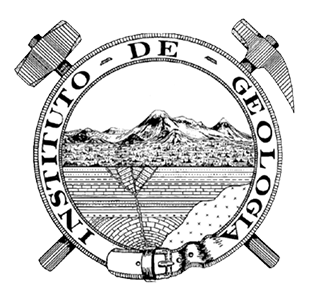Abstract
The present study constrain the degree of contamination by heavy metals and metalloids of streams impacted by mining activities in Capillitas Mine (Catamarca, Argentina), an epithermal precious- and base-metal vein deposit previously mined for copper along with gold and silver; and subsequently for rodhochrosite. Geochemical analyses of water of three streams (Ortíz, Acid and Capillitas) and a small pond depicting a very thin layer of turquoise-colored precipitates in its bottom were performed and the environmental risk factor was calculated. Moreover, the concentrations of potential toxic elements in sediments from the Ortíz and Capillitas streams were determined by ICP-OES and the Index of geoacumulation (Igeo) for As, Cd, Zn, Cu, Mn and Pb was computed.
According to their major ions concentration the four water samples correspond to calcium SO4 waters. The Acid and Ortíz streams and the turquoise pond show concentrations of Al, Mn, Cd, Zn, Cu, Cr, Ni and Pb that largely exceed the limiting concentrations for protection of aquatic life, as well as for irrigation waters. The Capillitas stream has a lower content of heavy metal but shows concentrations of Mn, Zn, Cu and Pb exceeding the limiting values for protection of aquatic life.
According to the obtained Igeo the three streambed sediments from the Ortíz creek are extremely polluted for Cd, Zn and Pb, whereas they range from strongly to extremely polluted for Cu, As and Mn. The sediments from Capillitas creek depict lower contents of metals and metalloids; though it is strongly polluted for Cd, moderately polluted for Cu and unpolluted to moderately polluted for Pb and Zn.

This work is licensed under a Creative Commons Attribution-NonCommercial 4.0 International License.
Copyright (c) 2023 Revista Mexicana de Ciencias Geológicas












